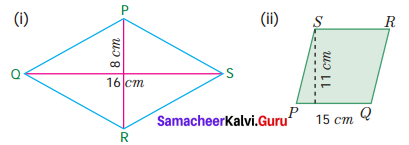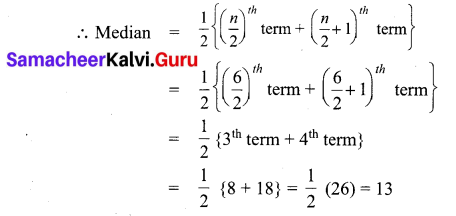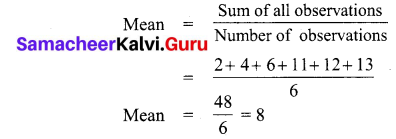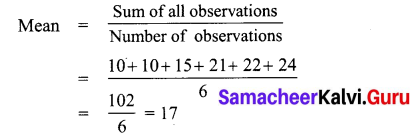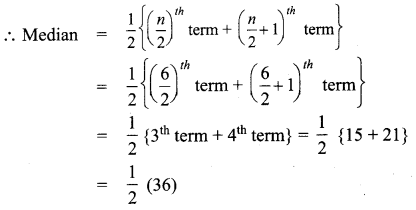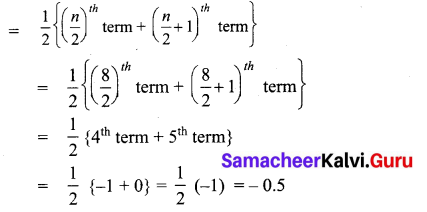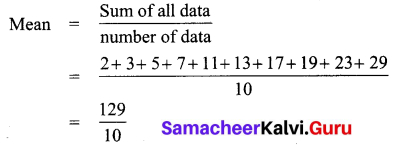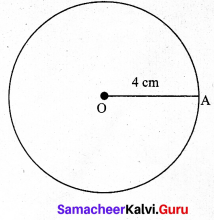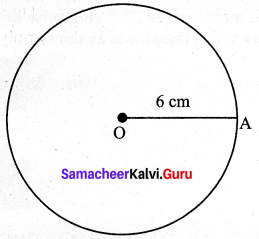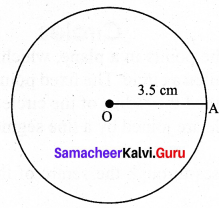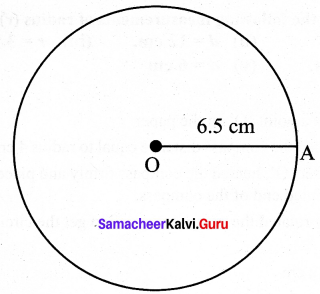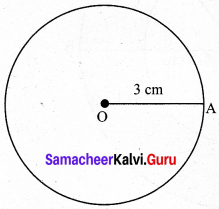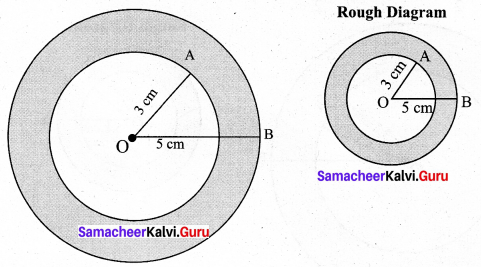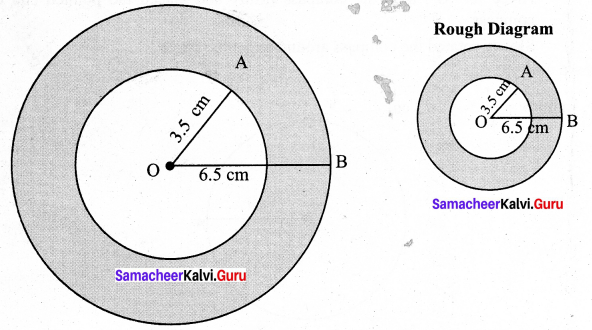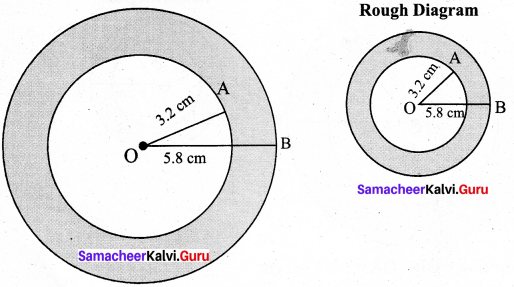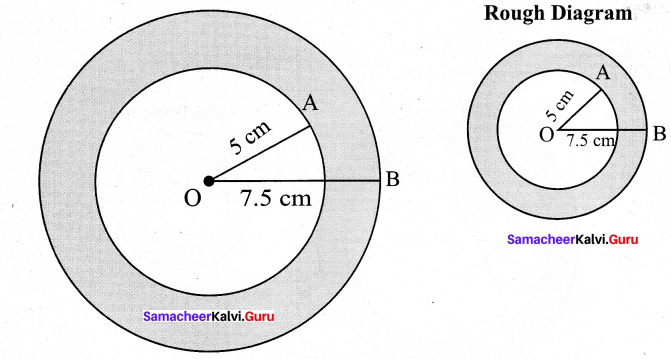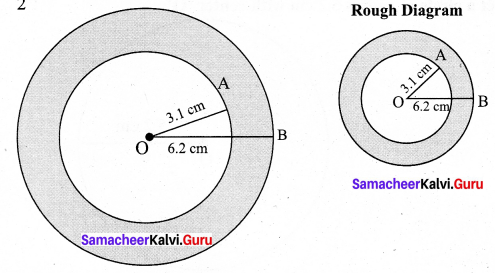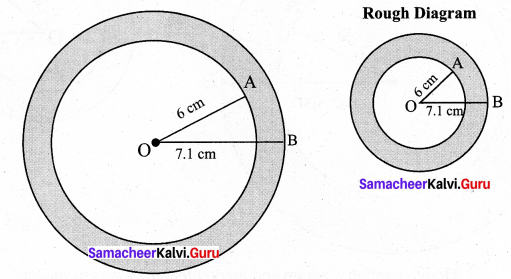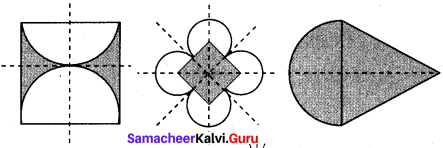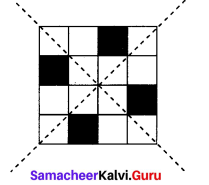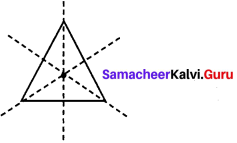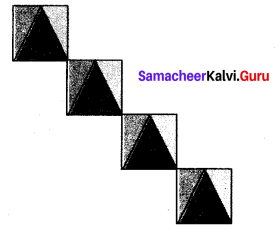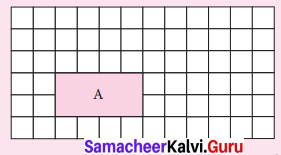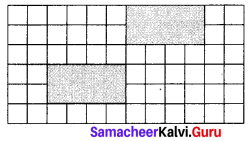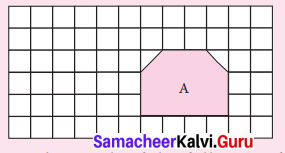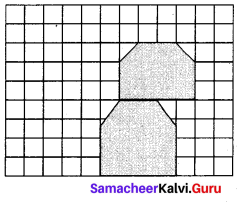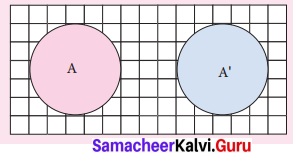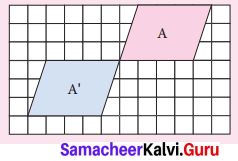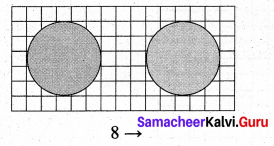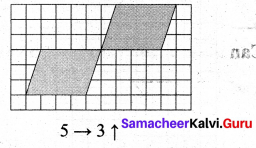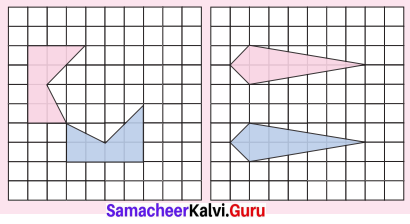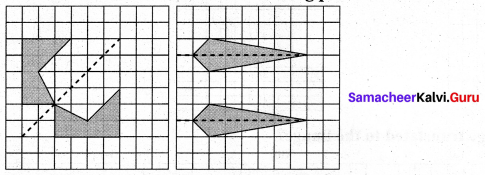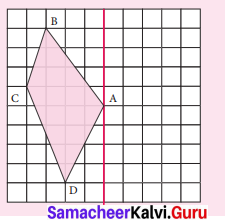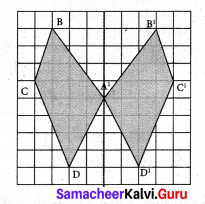Samacheer Kalvi 7th Tamil Book Answers Solutions Guide
Expert Teachers at SamacheerKalvi.Guru has created Tamilnadu State Board Samacheer Kalvi 7th Tamil Book Answers and Solutions Guide Pdf Free Download of Term 1, 2, 3 are part of Samacheer Kalvi 7th Books Solutions. Here we have given TN State Board New Syllabus Samacheer Kalvi 7th Std Tamil Guide Pdf of Book Back Questions and Answers, Chapter Wise Important Questions, Study Material, Question Bank, Notes.
Samacheer Kalvi 7th Tamil Guide Pdf Free Download
Samacheer Kalvi 7th Tamil Book Back Answers
Tamilnadu State Board Samacheer Kalvi 7th Tamil Book Back Answers Solutions Guide Term 1, 2, 3.
Samacheer Kalvi 7th Tamil Book Solutions Term 1
- Chapter 1.1 எங்கள் தமிழ்
- Chapter 1.2 ஒன்றல்ல இரண்டல்ல
- Chapter 1.3 பேச்சுமொழியும் எழுத்து மொழியும்
- Chapter 1.4 சொலவடைகள்
- Chapter 1.5 குற்றியலுகரம், குற்றியலிகரம்
- Chapter 2.1 காடு
- Chapter 2.2 அப்படியே நிற்கட்டும் அந்த மரம்
- Chapter 2.3 விலங்குகள் உலகம்
- Chapter 2.4 இந்திய வனமகன்
- Chapter 2.5 நால்வகைக் குறுக்கங்கள்
- Chapter 2.6 திருக்குறள்
- Chapter 3.1 புலி தங்கிய குகை
- Chapter 3.2 பாஞ்சை வளம்
- Chapter 3.3 தேசியம் காத்த செம்மல் பசும்பொன் உ.முத்துராமலிங்கத்தேவர்
- Chapter 3.4 கப்பலோட்டிய தமிழர்
- Chapter 3.5 வழக்கு
Samacheer Kalvi 7th Tamil Book Solutions Term 2
- Chapter 1.1 கலங்கரை விளக்கம்
- Chapter 1.2 கவின்மிகு கப்பல்
- Chapter 1.3 தமிழரின் கப்பற்கலை
- Chapter 1.4 ஆழ்கடலின் அடியில்
- Chapter 1.5 இலக்கியவகைச் சொற்கள்
- Chapter 2.1 இன்பத்தமிழ்க் கல்வி
- Chapter 2.2 அழியாச் செல்வம்
- Chapter 2.3 வாழ்விக்கும் கல்வி
- Chapter 2.4 பள்ளி மறுதிறப்பு
- Chapter 2.5 ஒரெழுத்து ஒருமொழி, பகுபதம், பகாப்பதம்
- Chapter 3.1 ஒரு வேண்டுகோள்
- Chapter 3.2 கீரைப்பாத்தியும் குதிரையும்
- Chapter 3.3 பேசும் ஓவியங்கள்
- Chapter 3.4 தமிழ் ஒளிர் இடங்கள்
- Chapter 3.5 தொழிற்பெயர்
- Chapter 3.6 திருக்குறள்
Samacheer Kalvi 7th Tamil Book Solutions Term 3
- Chapter 1.1 விருந்தோம்பல்
- Chapter 1.2 வயலும் வாழ்வும்
- Chapter 1.3 திக்கெல்லாம் புகழுறும் திருநெல்வேலி
- Chapter 1.4 திருநெல்வேலிச் சீமையும் கவிகளும்
- Chapter 1.5 அணி இலக்கணம்
- Chapter 2.1 புதுமை விளக்கு
- Chapter 2.2 அறம் என்னும் கதிர்
- Chapter 2.3 ஒப்புரவு நெறி
- Chapter 2.4 உண்மை ஓளி
- Chapter 2.5 அணி இலக்கணம்
- Chapter 2.6 திருக்குறள்
- Chapter 3.1 மலைப்பொழிவு
- Chapter 3.2 தன்னை அறிதல்
- Chapter 3.3 கண்ணியமிகு தலைவர்
- Chapter 3.4 பயணம்
- Chapter 3.5 ஆகுபெயர்
We hope the given Tamilnadu State Board Samacheer Kalvi 7th Tamil Book Answers and Solutions Guide Pdf Free Download of Term 1, 2, 3 will help you. If you have any queries regarding TN State Board New Syllabus Samacheer Kalvi 7th Standard Tamil Guide Pdf of Book Back Questions and Answers, Chapter Wise Important Questions, Study Material, Question Bank, Notes, drop a comment below and we will get back to you at the earliest.
Samacheer Kalvi 7th Tamil Book Answers Solutions Guide Read More »
